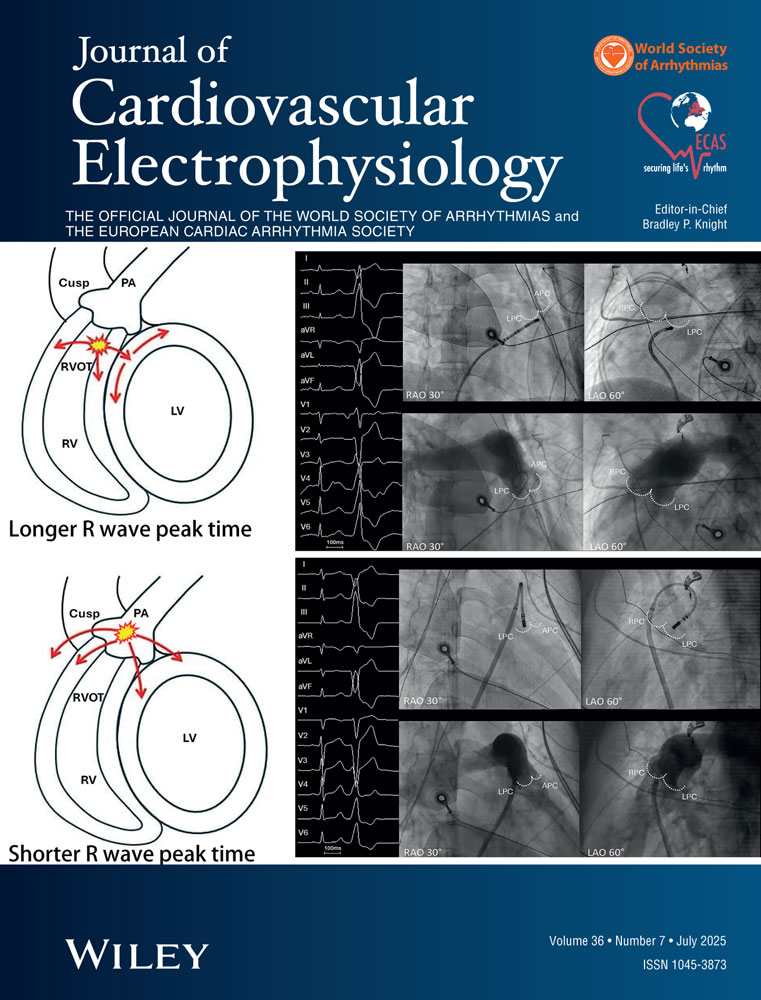How Constant Anatomically is the Tendon of Todaro as a Marker for the Triangle of Koch?
This work was supported by the British Heart Foundation together with the Joseph Levy Foundation.
Abstract
Tendon of Todaro. Introduction: Although well recognized by anatomists as a border of the triangle of Koch demarcating the location of the A V node, the tendon of Todaro is not visible in the operating room or in the catheterization laboratory. Instead, clinicians use as surrogate a projected line between the eustachian valve and the central fibrous body. The constancy of the tendon of Todaro within this border remains to be determined.
Materials and Results: We reexamined serial histologic sections from 25 adults and 50 infants and gross dissections in four normal hearts. The tendon of Todaro was identified in all cases and traced to the central fibrous body in all but one case. It tended to be thicker in the hearts of infants cases (0.2 to 0.8 mm vs 0.1 to 0.6 mm). The tendon and the binge-line of the septal leaflet of the tricuspid valve were consistent as landmarks for location of the compact AV node in all the cases studied by histology. Gross dissections traced the tendon to the free edge of the eustachian valve.
Conclusion: The tendon of Todaro is present in hearts obtained from both adults and infants. It or its surrogate, is a reliable border for the triangle of Koch and serves as a landmark to location of the atrial components of the AV conduction axis.




